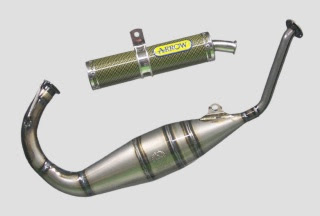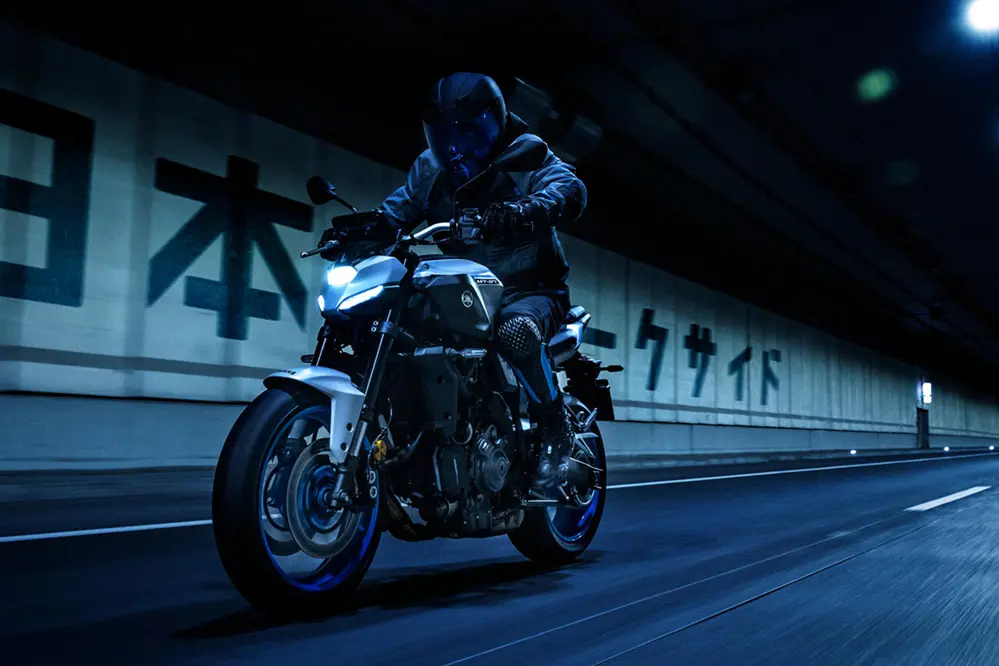 This is my reasons:
This is my reasons:
5. The bike design is evergreen and always fresh.
4. RX-Z is always related to power, speed, young and egoism.
3. RX-Z is not everyday bike to go to market buy fishes and vegetables. There is no ‘bakul’, man!
2. The sound of the bike can be modified to my liking whether it is loud and furious or just silent and purrs like a cat.
1. It is the only bike in its category that is available. Try to think for yourself, is there any other bike in this class?
What’s your reason?























